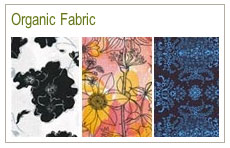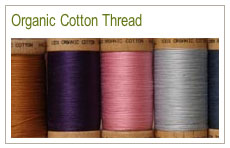Recent travels have taken us to the historic Valle Crucis community along the Watauga River in Western North Carolina. This fertile valley sustains the people who work it or are fortunate enough to spend a few days visiting. We stayed at the Mast Farm Inn where each morning we were greeted with a delicious breakfast of one or more of the following: locally grown pork sausage, berry porridge, homemade biscuits, homemade yogurt and local fruit, and quiche made from fresh eggs courtesy of the farm's chickens. The Inn's chef lives on the property with his wife, the Inn's gardener, and their children who attend the Valle Crucis school a short walk down the road. Sound idyllic? I certainly think so. The work is hard there is no doubt, but the rewards must be great for the residents who are successfully preserving their families' heritage and integrating it with their modern lives.

The Mast Farm barn and garden beds being prepared for spring planting.

I just love the color and detail in the old metal roof.

The original farm house was built in 1810 and is now the oldest inhabitable log cabin in the county.

The first part of the Mast Farm Inn was built in the 1880s. By 1915, it had 13 bedrooms and 1 bath.

Old farm tools displayed above the kitchen sink in the Woodwork shop.
Traipsing around the mountains we inadvertantly stumbled upon some of Western North Carolina's Quilt Trails. The quilt trail phenom was started in Ohio when Donna Sue Groves put a block on her barn to honor her mother. From that simple act, the project has spread to 30 states and Canada. Today, NC claims to have the highest concentration of barn quilts in the US. To participate, property owners paint a quilt block, or sometimes a full quilt, on a piece of plywood and hang it on the side of their barn, house, church, or place of business. Do you have a quilt trail in your state?

Watauga County, North Carolina
Many of the blocks displayed hold significance for the family, like this one made by the homeowner's mother. Each fan is dedicated to a family member, with each part of the fan representing something meaningful to that person.

Watauga County, North Carolina

Valle Crucis, North Carolina

Watauga County, North Carolina

Old Schulls Farm, Valley Crucis, North Carolina

McDowell County, North Carolina

McDowell County, North Carolina

McDowell County, North Carolina
There are quilt trail maps for the serious collector, but I thought it was more fun to stumble upon them completely by accident. It helps to have an eagle-eyed scout in the car with you. Who knows - you might even spot a black bear or two.

 April 9, 2013 |
April 9, 2013 |  Karen Daniel
Karen Daniel 



 color,
color,  combinations,
combinations,  fabric,
fabric,  prints
prints 

























